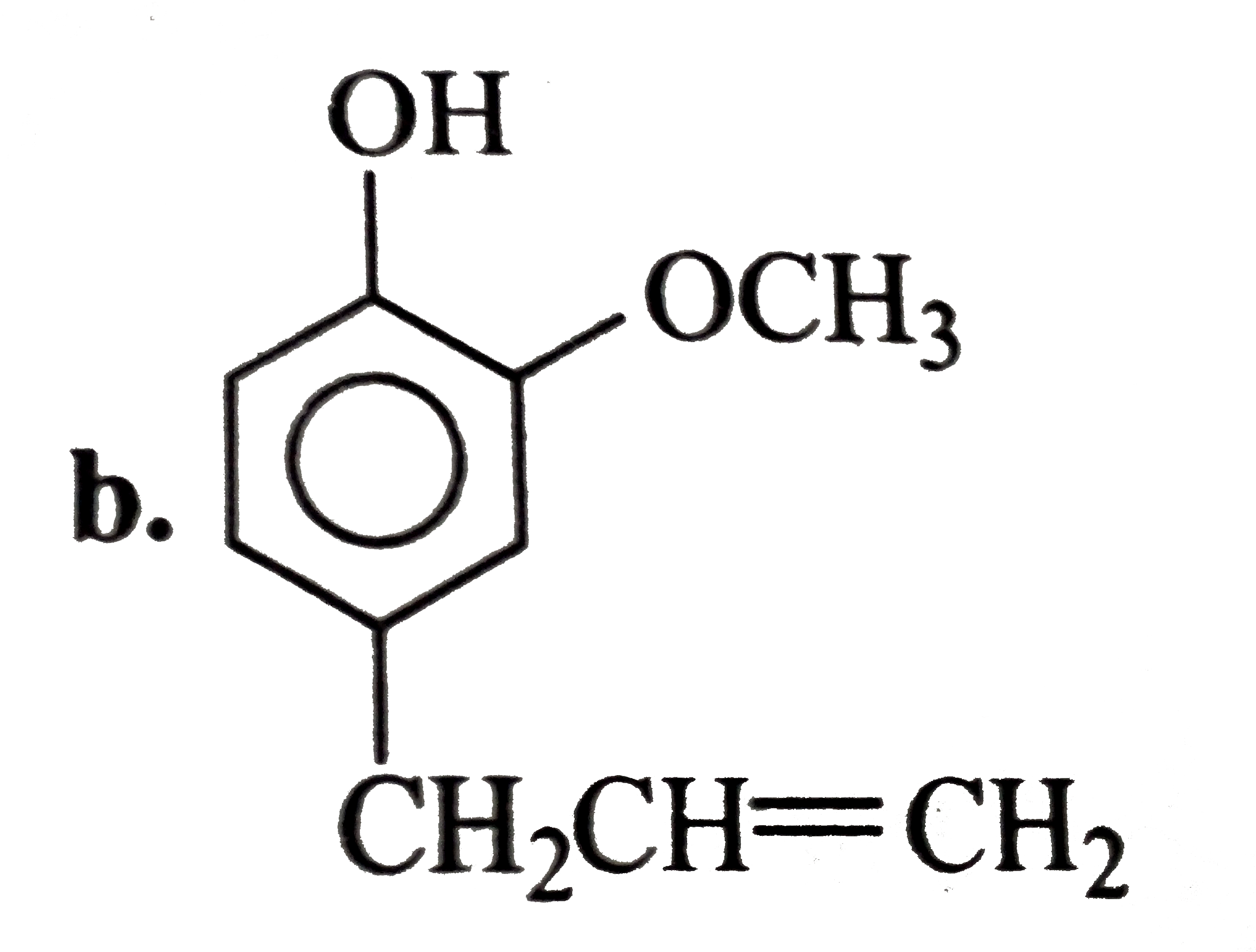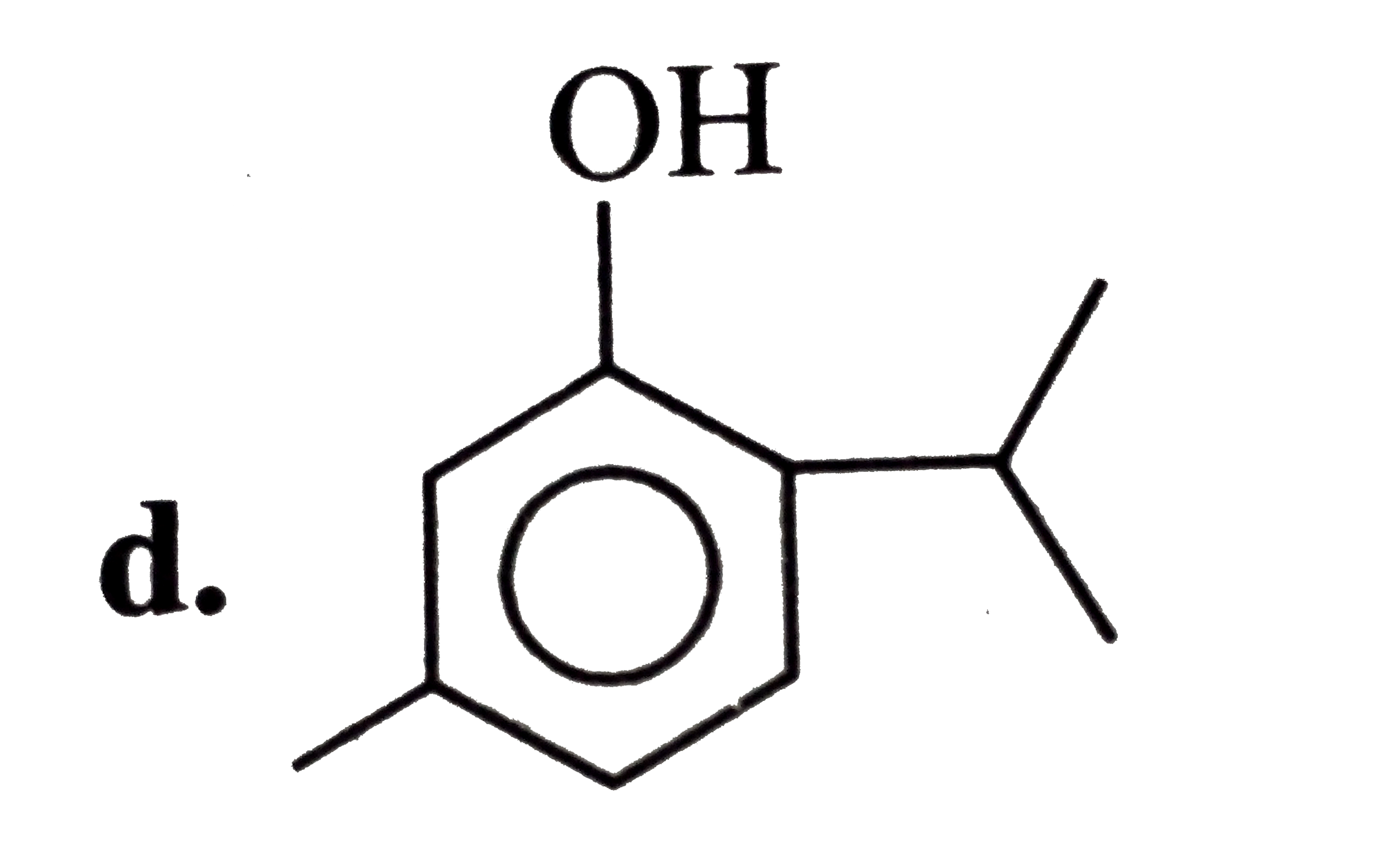Which of the following structures represents a colourless substance
C6H5−N=N∣O−C6H5
C6H5−N=N−C6H5
C6H5−NH−NH−C6H5
None of these
The correct Answer is:C
To determine which of the given structures represents a colorless substance, we need to analyze the nature of the compounds based on their bonding and charge characteristics. Here’s a step-by-step solution:
Step 1: Identify the Compounds
First, we need to look at the structures provided in the question. They are all nitrogen-containing compounds. We will analyze each one to see if they contain any features that would indicate color.
Step 2: Understand the Role of Charge and Bonding
Color in chemical compounds often arises from the presence of charge transfer or unsaturated bonds (like double bonds). When there are double bonds or charges present, it can lead to electronic transitions that absorb visible light, resulting in color.
Step 3: Analyze Each Compound
- Compound 1: If it has charges or double bonds, it is likely to be colored.
- Compound 2: Similar analysis; if it has unsaturation or charges, it may not be colorless.
- Compound 3: If it is a simple amine (like C6H5NH), with only single bonds and no charges, it is more likely to be colorless.
Step 4: Conclusion
Based on the analysis, the compound that is likely to be colorless is the one with the formula C6H5NH. This compound has only single bonds and no charge transfer possibilities, making it colorless.
Final Answer
The structure that represents a colorless substance is C6H5NH.
---
First, we need to look at the structures provided in the question. They are all nitrogen-containing compounds. We will analyze each one to see if they contain any features that would indicate color.
Color in chemical compounds often arises from the presence of charge transfer or unsaturated bonds (like double bonds). When there are double bonds or charges present, it can lead to electronic transitions that absorb visible light, resulting in color.
- Compound 1: If it has charges or double bonds, it is likely to be colored.
- Compound 2: Similar analysis; if it has unsaturation or charges, it may not be colorless.
- Compound 3: If it is a simple amine (like C6H5NH), with only single bonds and no charges, it is more likely to be colorless.
Based on the analysis, the compound that is likely to be colorless is the one with the formula C6H5NH. This compound has only single bonds and no charge transfer possibilities, making it colorless.
The structure that represents a colorless substance is C6H5NH.
Topper's Solved these Questions
- CHEMISTRY IN EVERYDAY IN LIFEBOOK - ERRORLESS CHAPTER - CHEMISTRY IN EVERYDAY IN LIFEEXERCISE - Ordinary Thinking (Drugs and Medicines)
77 Videos
- CHEMISTRY IN EVERYDAY IN LIFEBOOK - ERRORLESS CHAPTER - CHEMISTRY IN EVERYDAY IN LIFEEXERCISE - Ordinary Thinking (Rocket - Propellant and Other )
27 Videos
- CHEMICAL KINETICS BOOK - ERRORLESS CHAPTER - CHEMICAL KINETICS EXERCISE - JEE (Advanced ) 2018
1 Videos
- CLASSIFICATION OF ELEMENTS AND PERIODIC PROPERTIES BOOK - ERRORLESS CHAPTER - CLASSIFICATION OF ELEMENTS AND PERIODIC PROPERTIES EXERCISE - JEE Section Matrix Match type questions
2 Videos
Similar Questions
Knowledge Check
The following structure represents
 AsucroseBsucraloseCaspartameDalitame
AsucroseBsucraloseCaspartameDalitameWhich of the following structure represents Vanillin ?
A B
B C
C D
D
Which of the following structures represents thymine ?
A B
B C
C D
D
Which of the following structures represent the L-glucose?
View SolutionWhich of the following structures represents a chiral compound?
View SolutionWhich of the following structures represent nitrolic acid ?
View SolutionWhich of the following structures represent the same compound?

View SolutionWhich of the following structures represent the same compound?

View Solution
